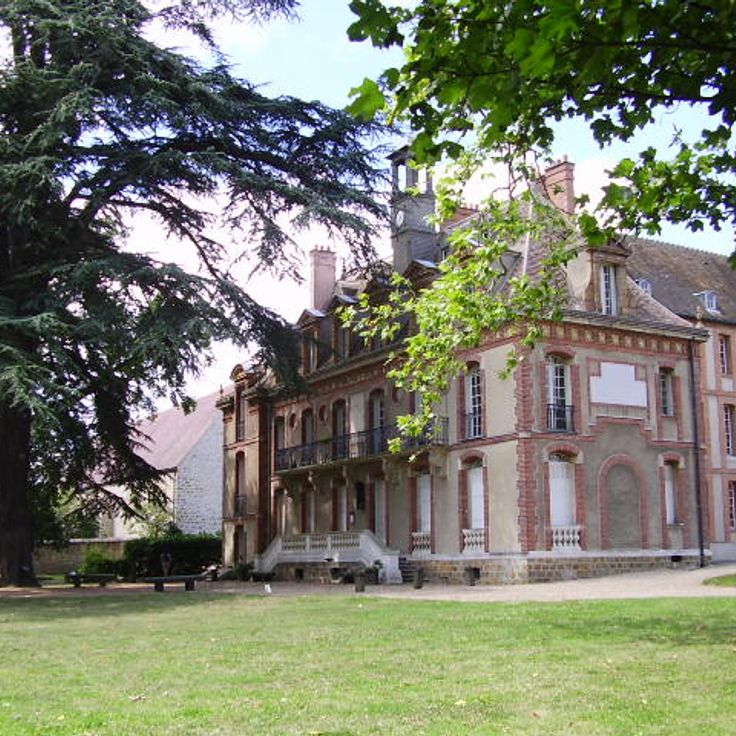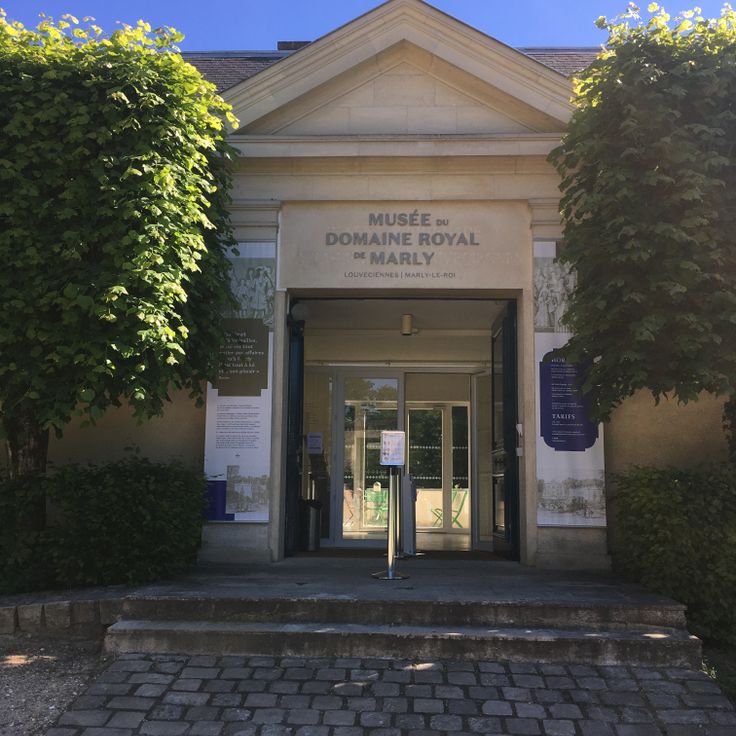The Versailles region and its surroundings feature a notable collection of historic sites, museums, and landscaped areas that showcase centuries of French history. Beyond the famous chateau, visitors can explore sites like the Queen's Hameau in the Versailles park, a rustic retreat of Marie Antoinette, or the Château de Malmaison, which preserves furnishings and decor from the First Empire. The Napoléon III Apartments at the Louvre demonstrate the splendor of the Second Empire, while the Domaine de Marly-le-Roi reflects the grandeur of Louis XIV's reign. Local museums host diverse collections, from Rodin's sculptures displayed in his former private residence to Maurice Denis's symbolist works at the Saint-Germain-en-Laye Priory. The Gustave Moreau Museum holds over 1,300 paintings and 5,000 drawings in the artist's former home. Gardens are also a major draw: Sceaux Park stretches over a mile with 17th-century geometric pathways, while Albert Kahn Gardens offer a journey through Japanese, French, and English landscape styles. These sites allow visitors to explore French cultural history through architecture, decorative arts, and garden art.
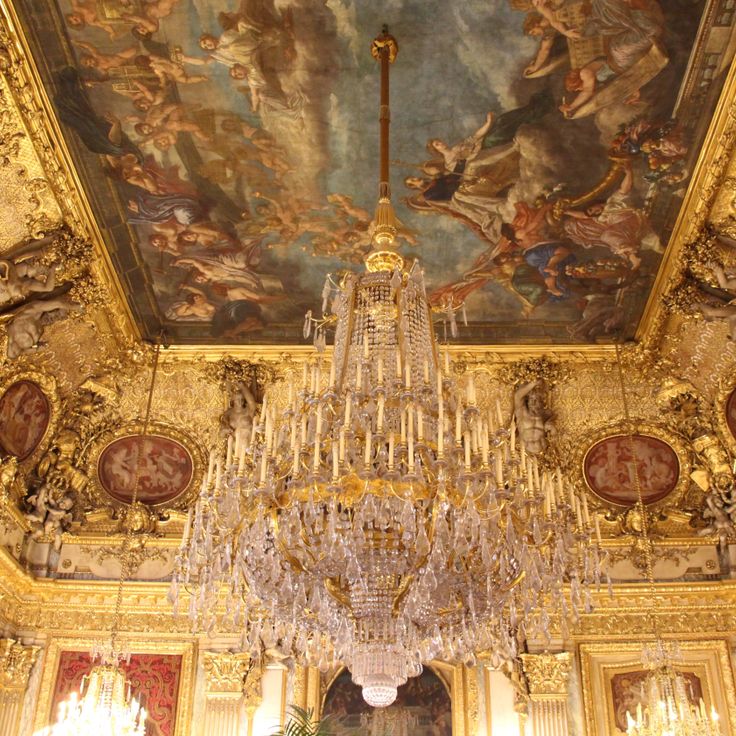
Paris, France
Napoleon III State RoomsThe Appartements de Napoléon III in the Louvre present the preserved living quarters of the French emperor with their original 19th-century furnishings. The rooms display furniture, paintings, and tapestries in the Second Empire style, created between 1852 and 1870 during Napoleon III's reign. These spaces in the north wing of the palace served as official reception rooms for the Minister of State and illustrate the decorative tastes of the era with gilded stucco work, chandeliers, and elaborate textiles. Visiting these apartments provides insight into courtly representation during the Second Empire.
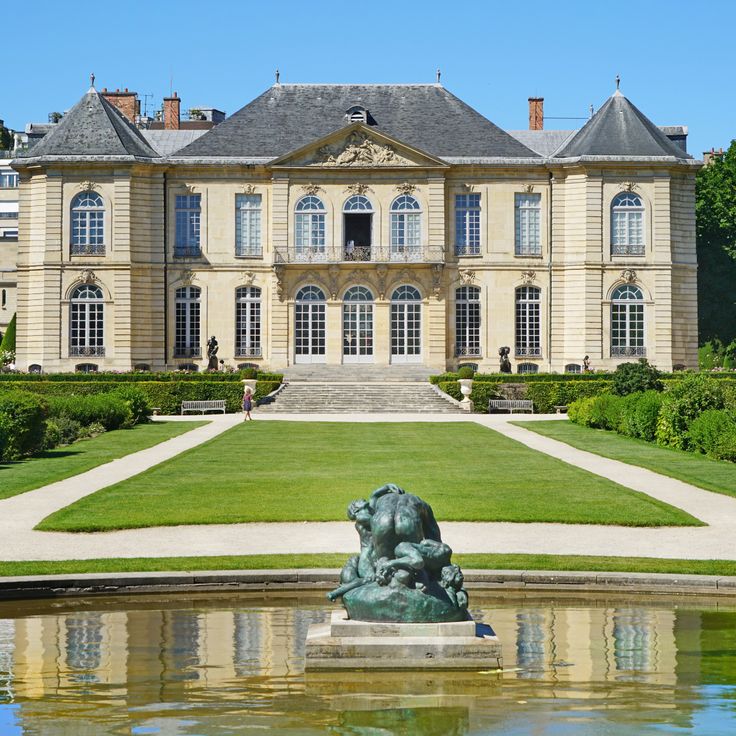
Paris, France
Rodin MuseumThe Musée Rodin displays sculptures and drawings by Auguste Rodin in an 18th-century townhouse with gardens. The collection includes more than 6,800 sculptures, among them The Thinker and The Kiss, along with plaster models, bronze casts, and personal belongings of the sculptor. The museum also preserves works by Camille Claudel and paintings from Rodin's personal collection, including pieces by Van Gogh and Renoir. The garden spans 7.4 acres (3 hectares) and features monumental bronze sculptures such as The Gates of Hell and The Burghers of Calais.
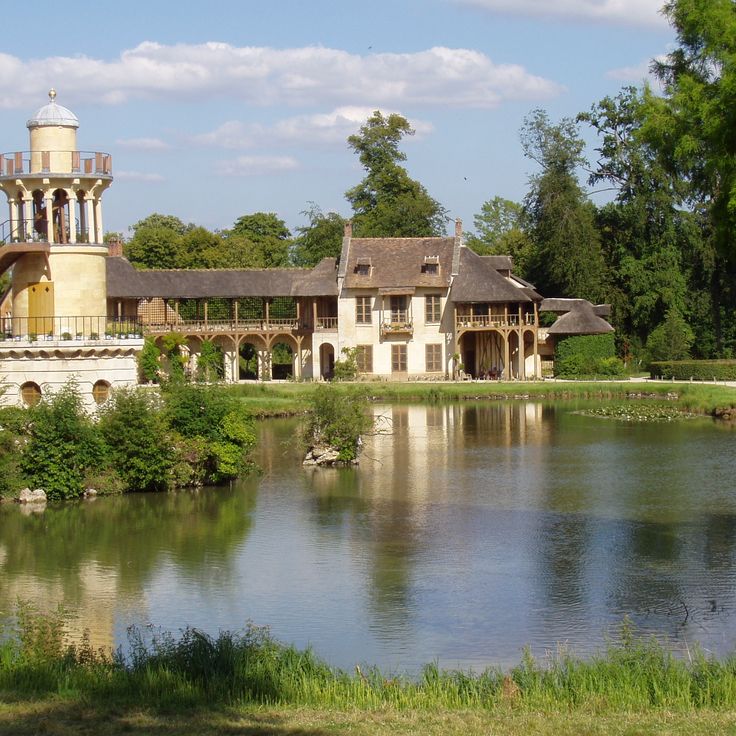
Versailles, France
Queen's HamletThe Hameau de la Reine is a hamlet with rural buildings, vegetable gardens, and stables built between 1783 and 1786 in the Park of Versailles as a private retreat for Queen Marie Antoinette. The complex includes twelve houses, among them a working farm, a mill, a dovecote, and the Queen's House. This hamlet allowed Marie Antoinette to escape court life and experience an idealized version of country living. The buildings were designed in Norman style and arranged around an artificial lake. This creation illustrates the late 18th century taste for pastoral ideals within the context of royal residences.
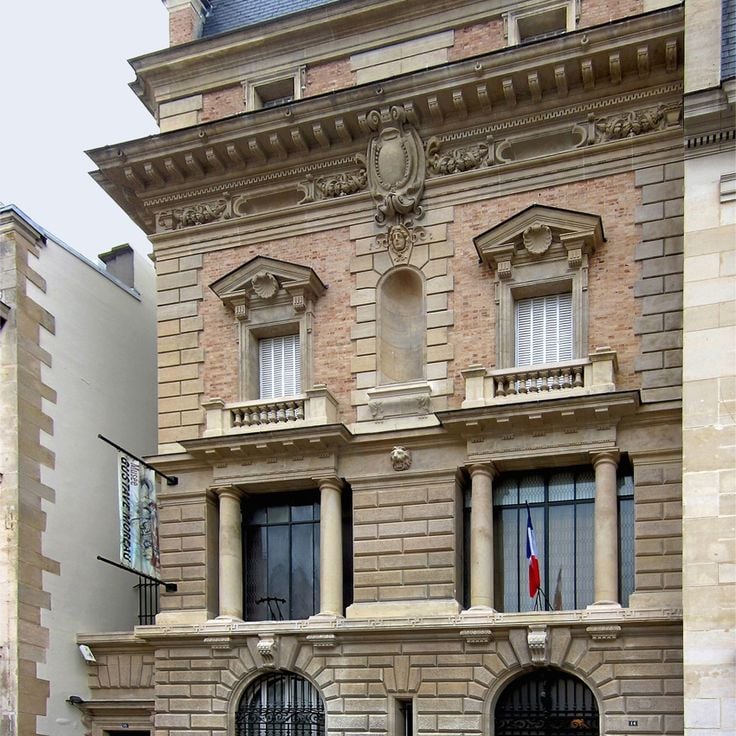
France
Gustave Moreau MuseumThe Musée Gustave Moreau was the home and studio of symbolist painter Gustave Moreau. It now houses over 1,300 paintings and 5,000 drawings by the artist, along with personal belongings that document his creative process and artistic vision. The collections are displayed in the original rooms where Moreau lived and worked.
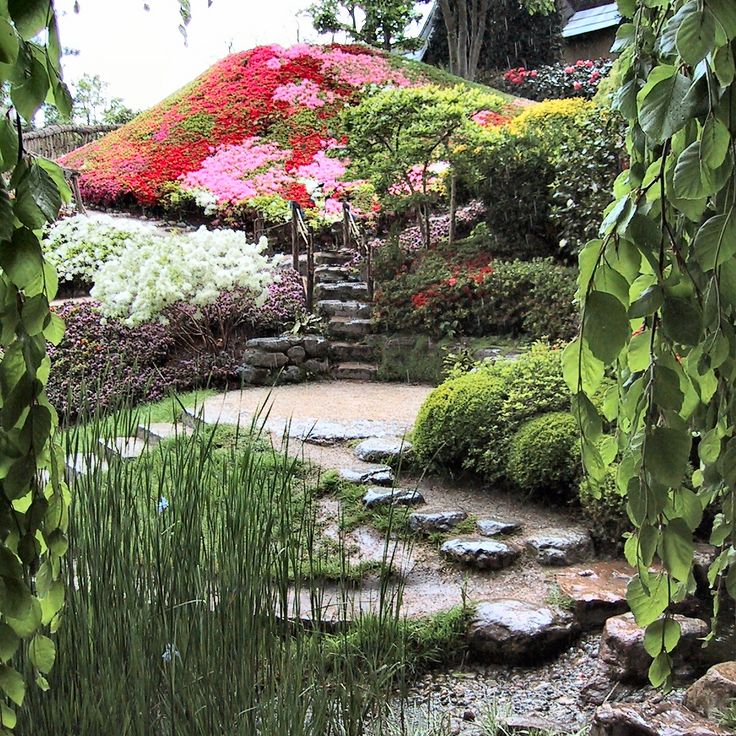
Boulogne-Billancourt, France
Albert Kahn Musee et JardinsThe Musée Albert-Kahn is located in Boulogne-Billancourt on the edge of Paris and preserves the legacy of banker and philanthropist Albert Kahn. The gardens extend over four hectares (10 acres) and display different landscape styles: a Japanese garden with ponds and bridges, a French garden with geometric beds, an English garden, and a Vosges forest. The museum presents the Archives de la Planète, a collection of more than 72,000 autochrome photographs and 183 hours of film footage taken between 1909 and 1931 in over 50 countries. These documents form a significant record of the early 20th century and complement the tour through the historic gardens.
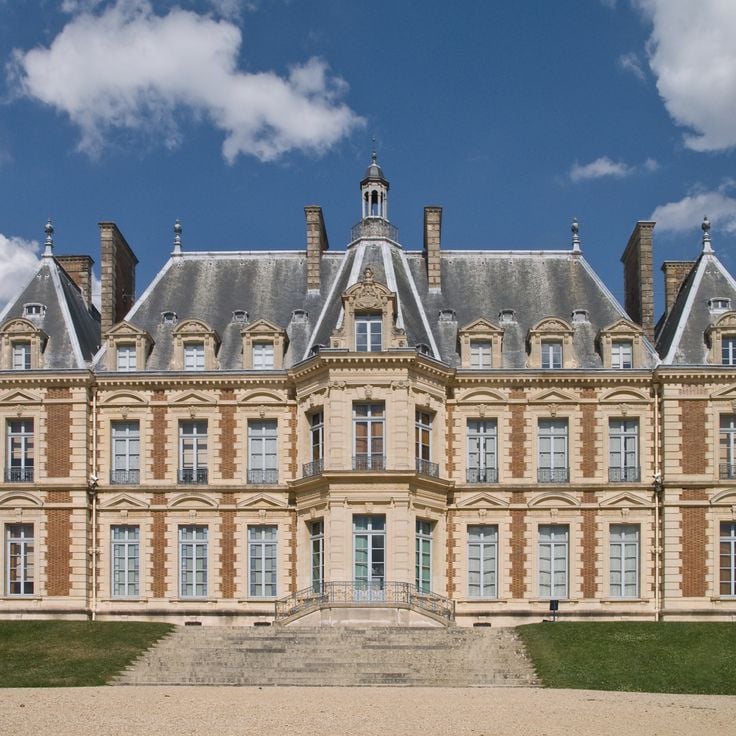
Île-de-France, France
Parc de SceauxThe Parc de Sceaux is a 17th-century French formal garden featuring geometric patterns, water basins, and a 0.6-mile (1-kilometer) canal. Designed by André Le Nôtre, this several-hundred-acre estate displays the characteristics of classical French landscape architecture. The Château de Sceaux, which dominates the grounds, now houses the Museum of Île-de-France. The expansive lawns, tree-lined avenues, and water features provide insight into landscape design during the reign of Louis XIV.
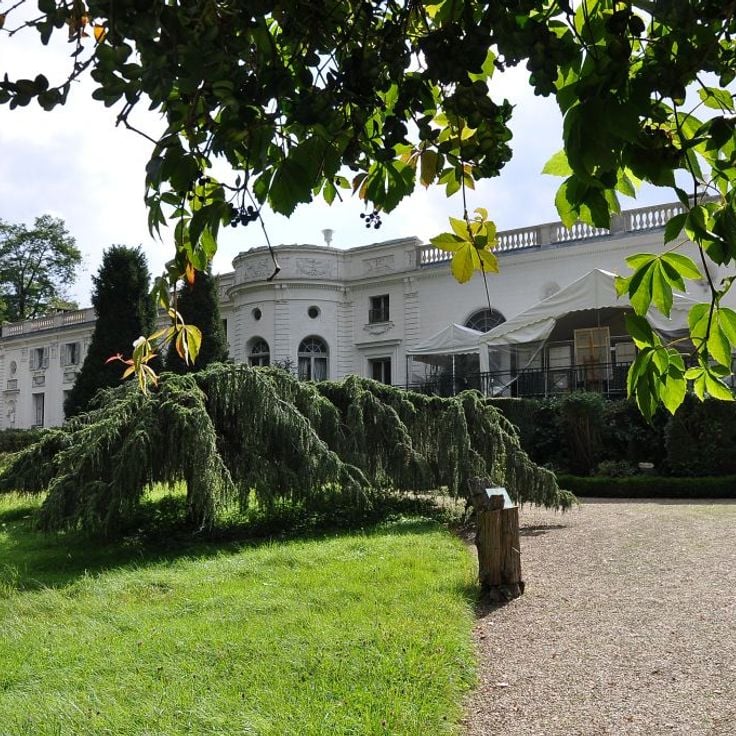
France
Château de MalmaisonThe Château de Malmaison preserves the original interior decoration from the First Empire with furniture and art collections from the time of Napoleon Bonaparte and Joséphine. The former residence of the imperial couple displays rooms that have been restored according to historical documents, including the Emperor's study, the Empress's music salon, and the library. The exhibited paintings, sculptures, and decorative objects come largely from the personal collections of the imperial family and document the artistic taste of this era in French history.
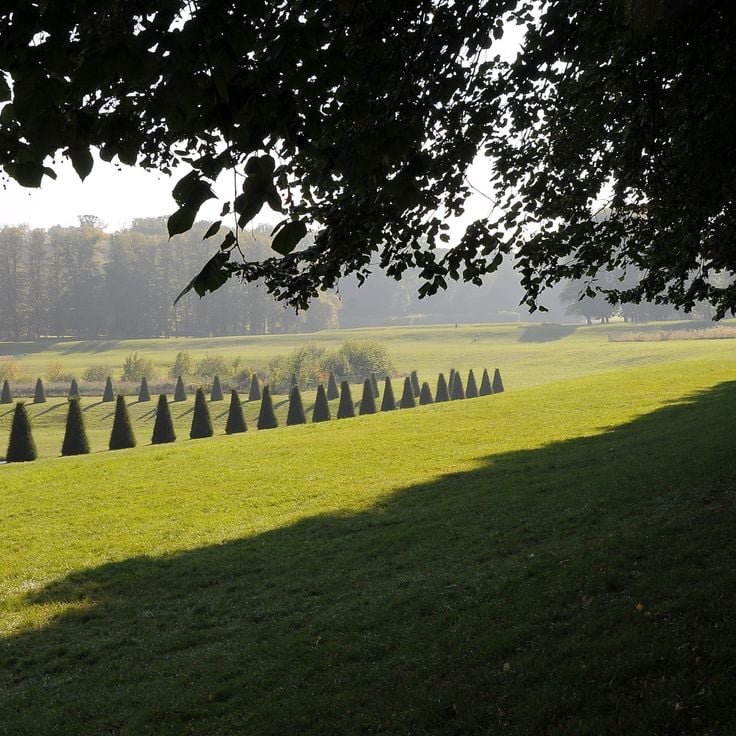
Marly-le-Roi, France
Domaine National de Marly-le-RoiThe Domaine National de Marly-le-Roi preserves the remains of the royal palace built by Louis XIV in the late 17th century as a private retreat. The site includes the terraced gardens that originally surrounded twelve pavilions, as well as remnants of the hydraulic system that pumped water from the Seine River for the fountains and water features. The geometric terraces extend along the hillside and demonstrate the garden design principles of the period. The grounds allow visitors to understand the layout of a royal country estate from the Ancien Régime, although the original buildings were largely demolished after the Revolution.
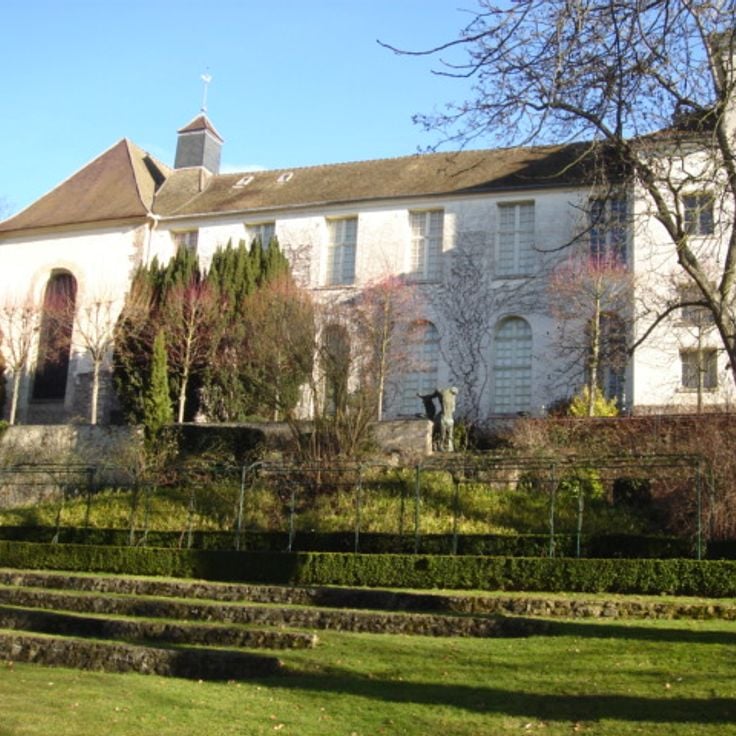
Saint-Germain-en-Laye, France
Musée Maurice Denis The Priest's CloisterThe Musée Maurice Denis Le Prieuré occupies a 12th-century building that artist Maurice Denis acquired in 1914 and converted into his residence and studio. The museum presents over 4,000 works by Denis and artists of the Nabis movement, including paintings, drawings, and stained glass that document this current of French Symbolism. The rooms preserve the original furnishings and display the decorative ensembles Denis created for religious and private clients. The garden combines medieval structures with elements added by Denis.

Écouen, France
Château d'ÉcouenThe Château d'Écouen, built in the 16th century, houses the National Museum of the Renaissance with a collection of approximately 3,000 works of art, including furniture, ceramics, textiles, and tapestries. This castle northeast of Versailles was constructed between 1538 and 1555 for Anne de Montmorency, Constable of France, and represents one of the finest examples of French Renaissance architecture. The collections document artistic production and courtly life during the Renaissance period in Europe through everyday objects, liturgical items, and decorative arts from various countries.
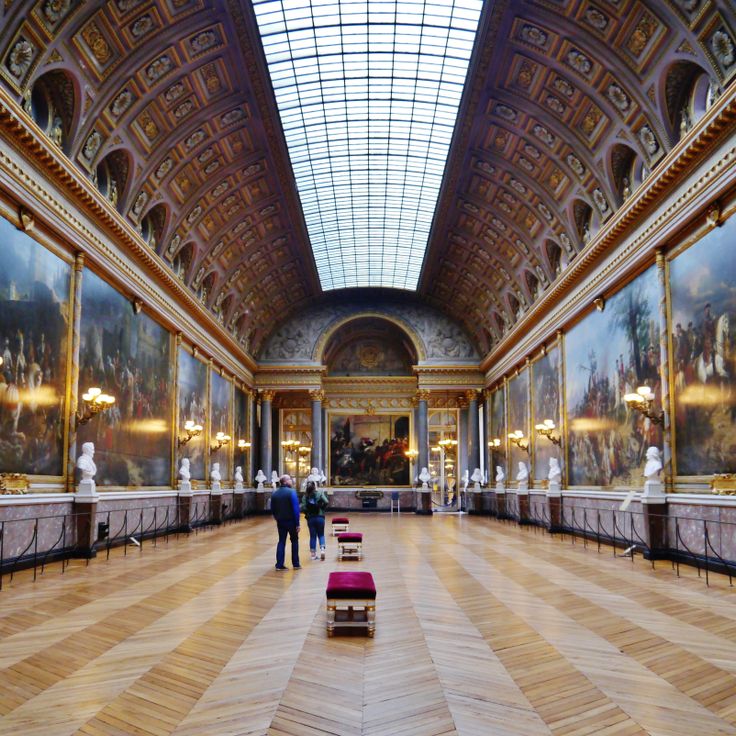
Versailles, France
Musée national des Châteaux de Versailles et de TrianonThe museum documents the history of the French monarchy with 60,000 works of art from the 17th and 18th centuries. This collection includes paintings, sculptures, furniture, and decorative objects representing court life under the French kings. The Musée national des Châteaux de Versailles et de Trianon preserves works by artists such as Hyacinthe Rigaud, Charles Le Brun, and François Boucher, along with historical portraits of the royal family and court nobility. The collections illustrate the political and artistic development of France during the reigns of Louis XIV, Louis XV, and Louis XVI.
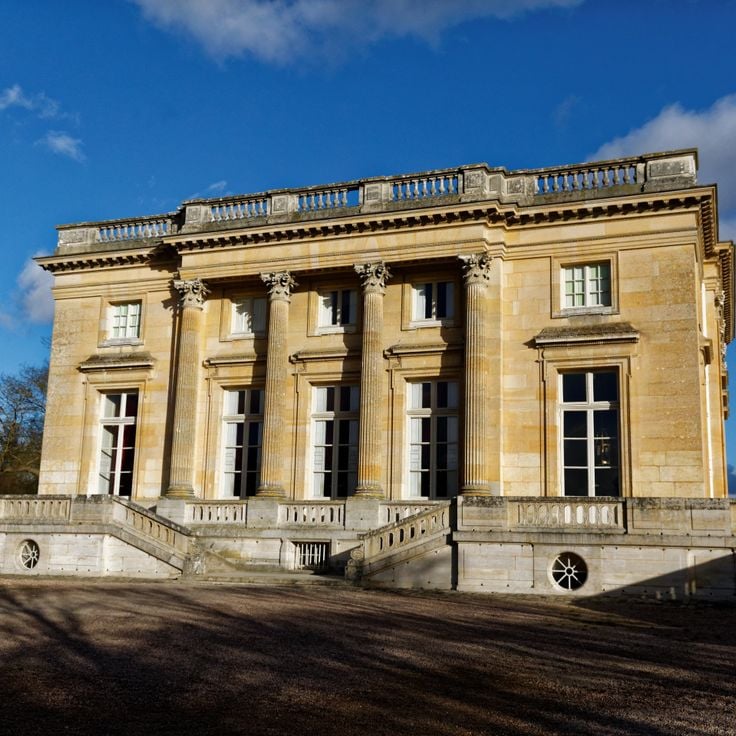
Versailles, France
Petit TrianonThis small palace in the park of Versailles was built between 1762 and 1768 by architect Ange-Jacques Gabriel for Louis XV, who dedicated it to his mistress Madame de Pompadour. After her death, the king gave the estate to Madame du Barry before Louis XVI offered it to Marie Antoinette, who made it her private retreat. The Petit Trianon embodies the principles of French Neoclassicism with its cubic architecture, Corinthian pilasters, and refined symmetry of the facades. The interior rooms preserve the original 18th-century decoration, including mechanical systems that allowed tables to rise from lower floors. Marie Antoinette commissioned an English garden and had the Temple of Love and theater built, where she performed in productions herself. The palace illustrates the transition from court etiquette to a more private lifestyle on the eve of the French Revolution.
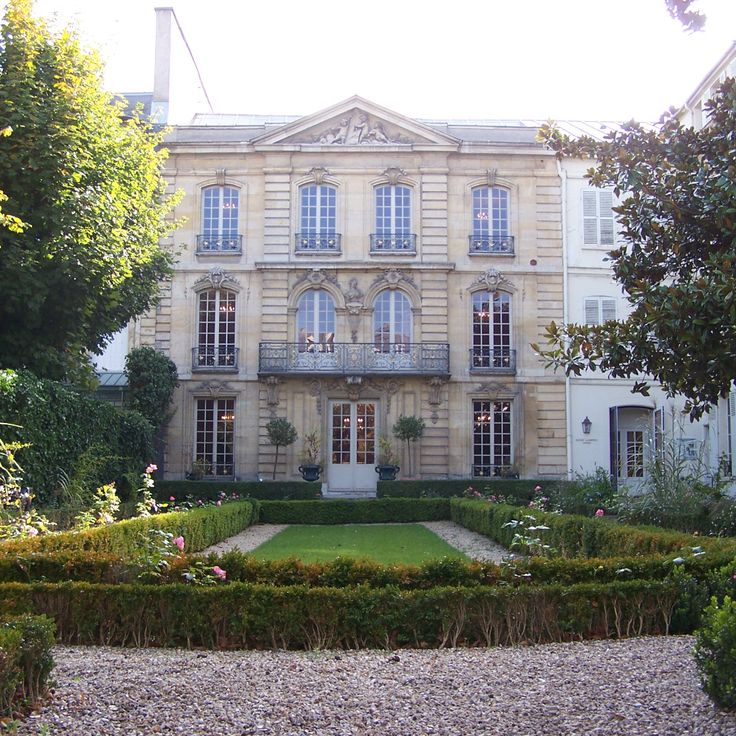
Versailles, France
Le Musée LambinetThe Musée Lambinet preserves collections of regional art, period furniture, and objects documenting the history of Versailles within an 18th-century townhouse. The museum presents paintings, sculptures, and decorative arts from the region, along with furniture and everyday items that illustrate life in Versailles from the 17th to the 19th century. The rooms display porcelain from the Sèvres manufactory, textiles, and personal belongings of former residents. The building itself, a typical example of Versailles urban architecture, enhances the visit through its historic interiors and garden.
The Musée de Port-Royal-des-Champs occupies the buildings of a former Cistercian abbey and documents the history of Jansenism in the 17th century. The museum presents exhibitions about the religious community of Port-Royal, its intellectual contributions to French theology, and the controversies with the Catholic Church. The collection includes historical documents, paintings, sculptures, and liturgical objects that illustrate the life of the nuns and scholars associated with the abbey. This museum complements the visit to the ruins of the abbey and its gardens, which demonstrate the spiritual significance of this site in French religious history.
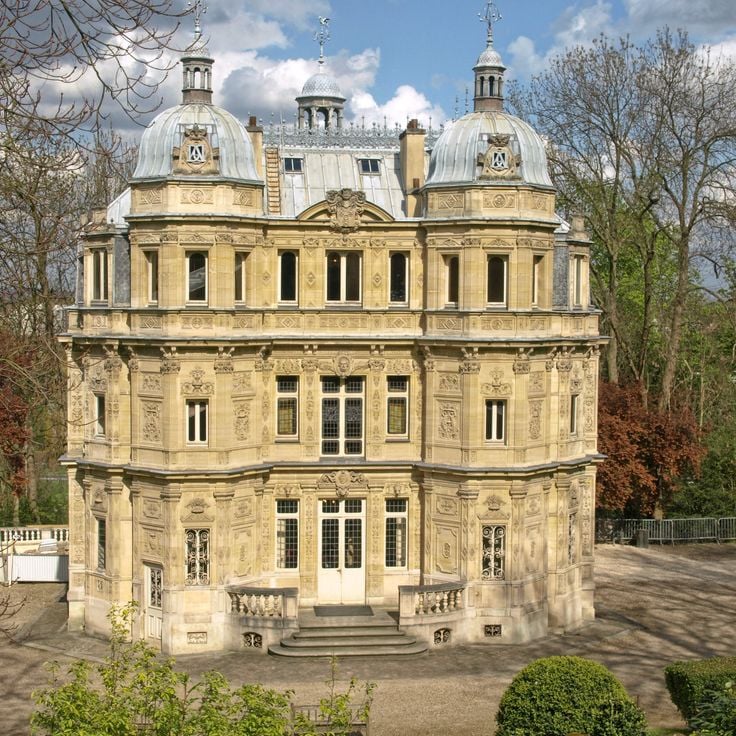
Le Port-Marly, France
Château de Monte-CristoThe Château de Monte-Cristo is the country house that Alexandre Dumas had built for himself in 1846 in Le Port-Marly. The writer, then at the peak of his success, designed a neo-Gothic residence with towers, bay windows, and richly decorated facades. The estate includes the main château, the Château d'If (a separate study in English style), and a park with grottoes and water features. Dumas lived in the property for only a few years before financial difficulties forced him to sell it in 1849. Today, the château houses a museum dedicated to the author's life and works, displaying manuscripts, first editions, and personal items.
The Musée Promenade de Marly Machine presents the history of the 17th-century hydraulic machine of Marly, which lifted water from the Seine and transported it to supply the fountains at the Palace of Versailles and the gardens of Marly over several miles. The exhibition displays models, plans and documents of this engineering installation, which consisted of fourteen waterwheels, two hundred pumps and a system of aqueducts. Visitors learn how this monumental construction was built between 1681 and 1682 to meet the enormous water requirements of the royal residences.

Rocquencourt, France
Arboretum de ChèvreloupArboretum de Chèvreloup covers 200 acres (80 hectares) and contains more than 2,500 tree species from five continents, including numerous rare specimens. This botanical facility was established in 1927 and serves as a research site for the Muséum national d'Histoire naturelle. The arboretum preserves genetic collections of oaks, apple trees, and other genera, contributing to the conservation of endangered species. The collection includes trees from temperate climates of Europe, Asia, and North America, as well as conifers and deciduous trees from various botanical families. Visitors can walk along marked paths through thematically organized areas and learn about scientific work on plant diversity.
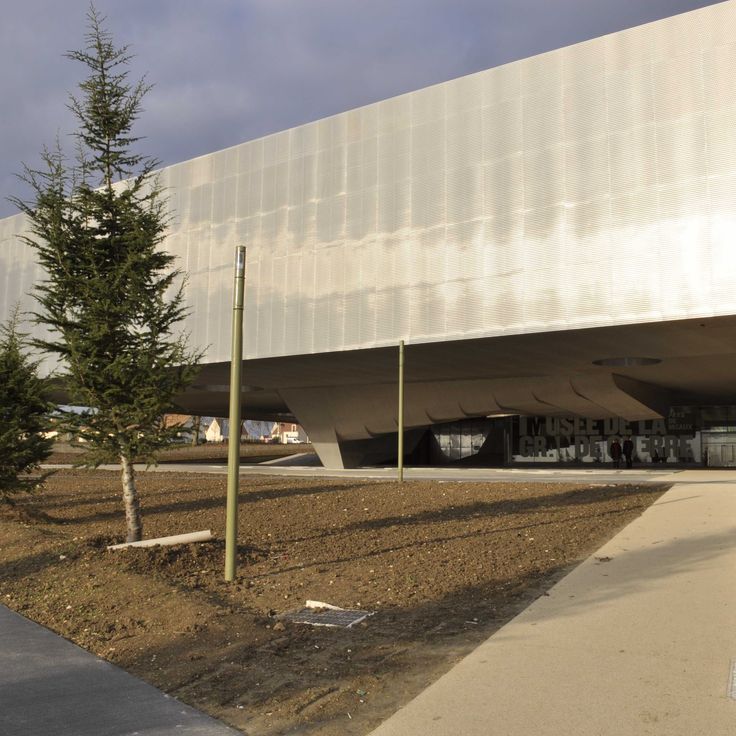
Meaux, France
Musée de la Grande GuerreThe Musée de la Grande Guerre in Meaux preserves an extensive collection about the history of the First World War with more than 65,000 objects, including military equipment, uniforms, weapons, and personal items belonging to soldiers. The collection documents daily life at the front as well as the technological and social changes during the war. Located about 28 miles (45 kilometers) east of Versailles, this museum complements the historical sites of the region through its presentation of early 20th-century French history.
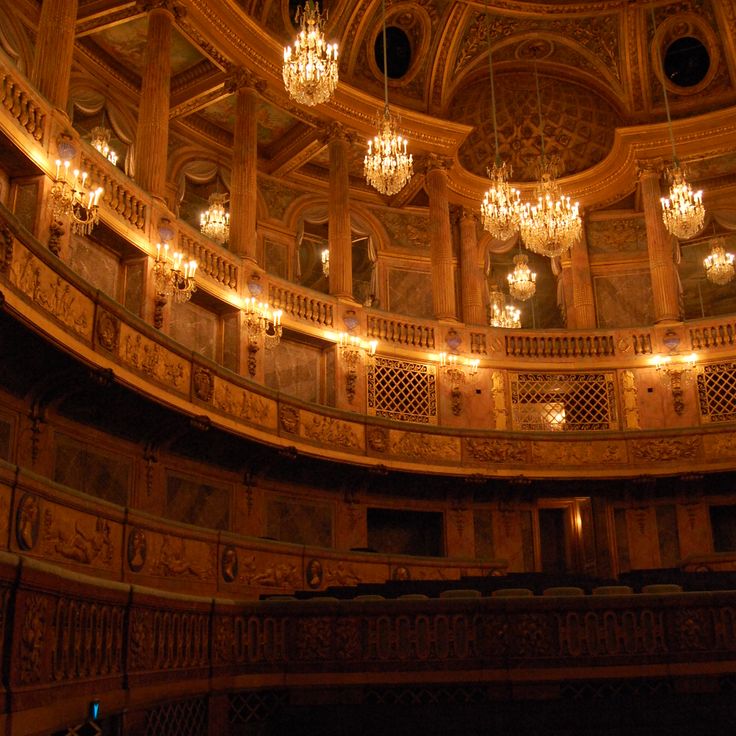
Versailles, France
Opéra royal de VersaillesThe Opéra royal de Versailles serves as the main musical theater of the Palace of Versailles and seats 712 (seven hundred twelve) people. The interior features gilded wood and marble decorations and was built under architect Ange-Jacques Gabriel for the wedding of the Dauphin Louis to Marie Antoinette in 1770. This theater represents an outstanding example of 18th-century French theatrical architecture and continues to host opera performances and concerts.
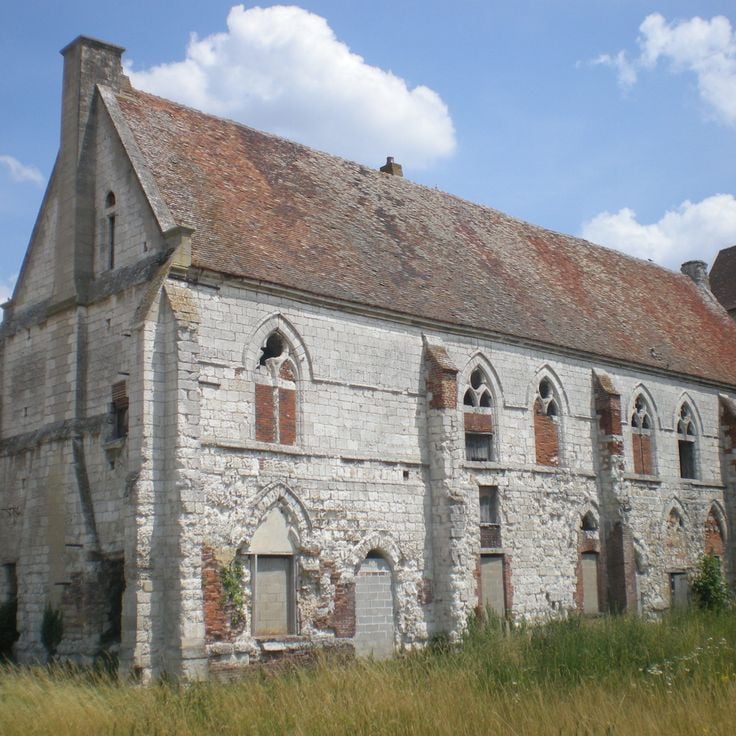
Beauvais, France
La Maladrerie Saint-LazareThis medieval medical facility served to treat people afflicted with leprosy and is located in Beauvais, roughly 50 miles (80 kilometers) north of Versailles. The building displays the typical architecture of hospitals from this period and offers insights into the social and medical history of the Middle Ages. The Maladrerie Saint-Lazare illustrates the organization of healthcare before the Renaissance and complements the historical testimonies of the region with an aspect of daily life beyond the royal residences.
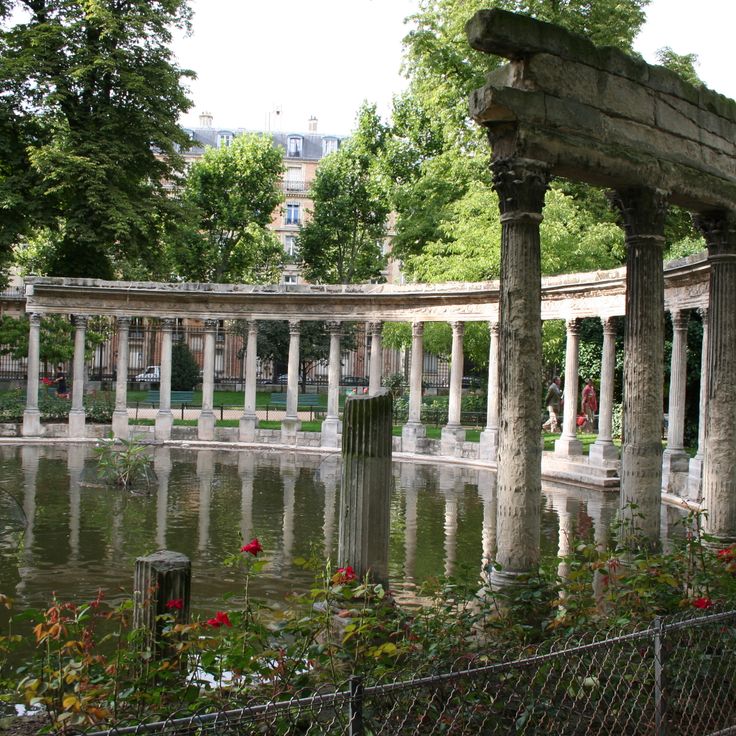
Paris, France
Parc MonceauParc Monceau is an 18th-century park covering 22 acres (9 hectares) in Paris that features ancient columns, a classical rotunda, Roman statues, and a water basin. Originally created as a private garden for the Duke of Chartres, the park incorporates architectural elements from different periods and styles. The Corinthian columns came from the planned mausoleum of Henry II, while the rotunda served as a former tollhouse of the Wall of the Farmers-General. The park contains several sculptures of French composers and writers and is located in the 8th arrondissement near the Champs-Élysées and the Palace of Versailles.

Versailles, France
Temple of LoveThis round marble temple from the 18th century rises in the park of Versailles within a landscaped garden. The Corinthian columns surround a replica of Bouchardon's sculpture depicting Cupid carving his bow from Hercules' club. Built in 1778 by Richard Mique for Marie-Antoinette, the temple forms part of the Hameau de la Reine and reflects the Queen's romantic taste for English garden design. The structure combines classical architecture with the natural surroundings and provides a retreat within the extensive grounds of the palace.
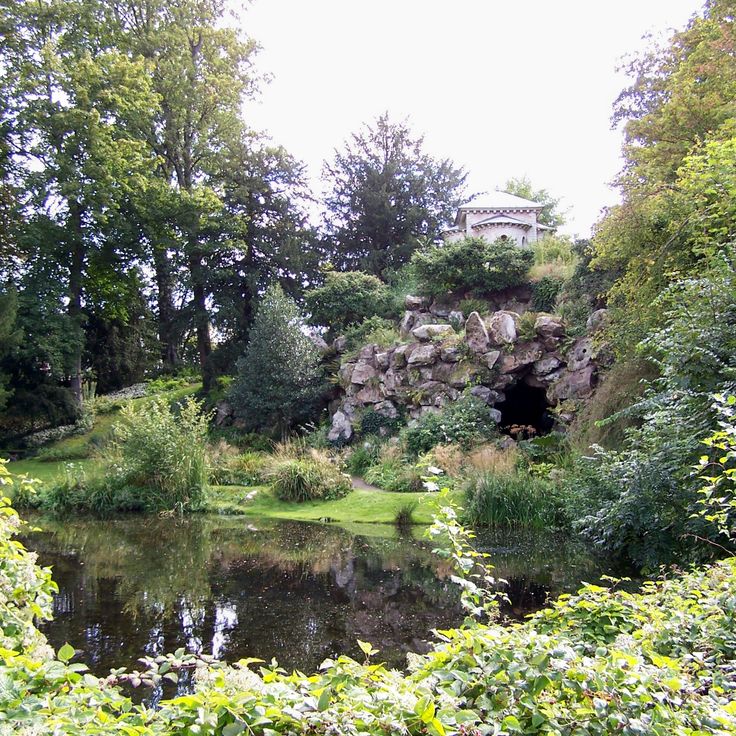
Versailles, France
Parc BalbiParc Balbi was created in the 18th century under King Louis XVI and sits in central Versailles. The park combines French garden design with elements from the late monarchy. Visitors find geometrically arranged beds, water features, and sculptures from the royal period. The grounds complement the historic gardens of the region and demonstrate the evolution of landscape design in pre-revolutionary France. The park originally served as a private green space and was later opened to the public.
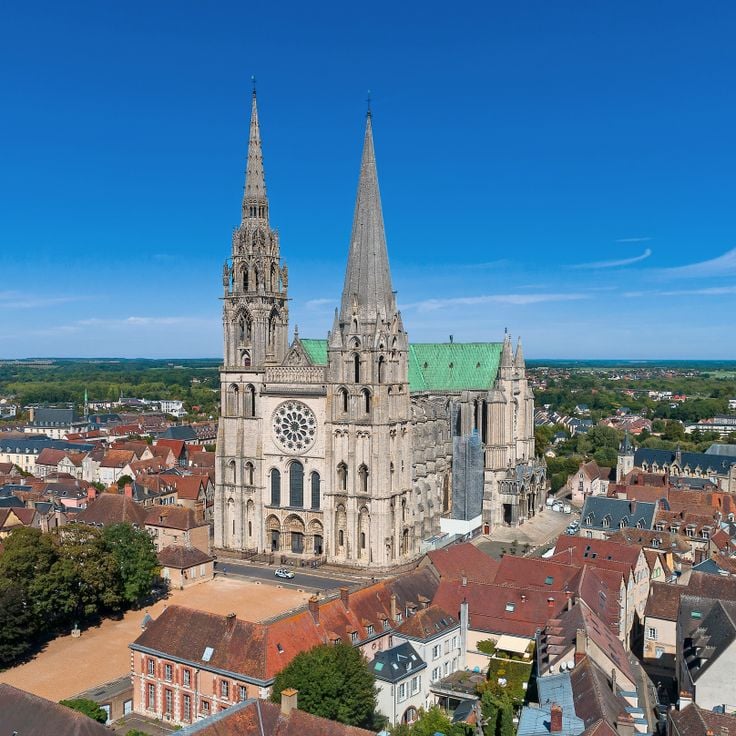
Chartres, France
Cathédrale Notre-Dame de ChartresThis Gothic cathedral was built between 1194 and 1220. It features 176 stained glass windows totaling 28,000 square feet (2,600 square meters) of glass art from the 12th and 13th centuries, representing one of the most complete collections of medieval stained glass in Europe. The cathedral displays typical features of French High Gothic architecture with its two differently designed towers, transept, and three portals on the west facade. The north rose window measures 43 feet (13 meters) in diameter. The 11th-century crypt beneath the main nave is one of the largest in France and preserves remains of earlier Romanesque structures.
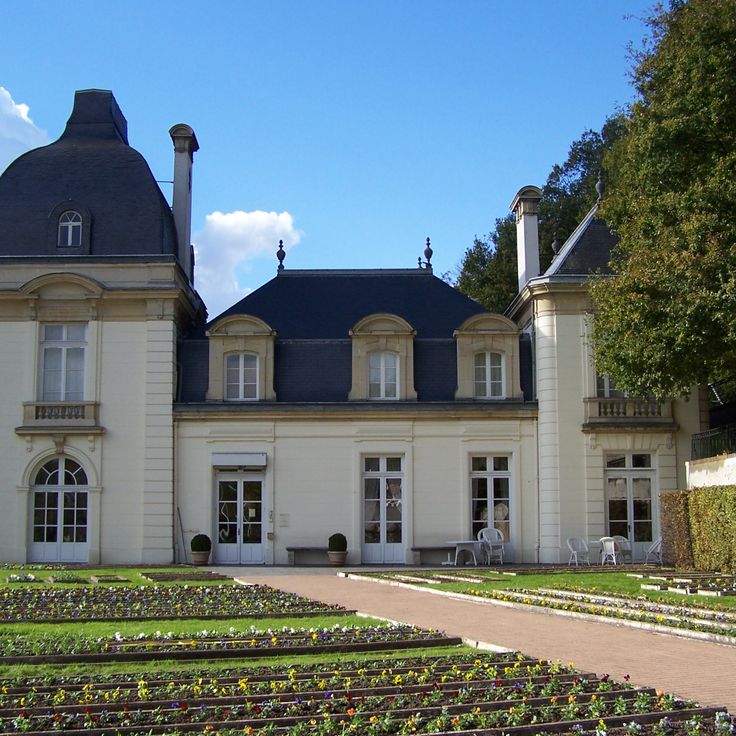
Jouy-en-Josas, France
Musée de la Toile de JouyThis museum focuses on the history of printed cotton fabrics from the 18th century and presents the collection of the Oberkampf manufactory, established in Jouy-en-Josas in 1760. The permanent exhibition displays original wooden and copper printing plates along with several thousand fabric samples produced at the factory. Toile de Jouy is characterized by single-color patterns on a light background, depicting rural scenes, historical events, or exotic representations. The museum occupies the 19th-century Château de l'Églantine and documents the technical processes of fabric production as well as the economic importance of the manufactory for the region.

Poissy, France
Doll MuseumThe museum houses over 400 dolls from different periods, including handmade examples and industrially produced pieces that document the evolution of doll making from traditional craft techniques to modern mass production and offer insight into the material culture of childhood.
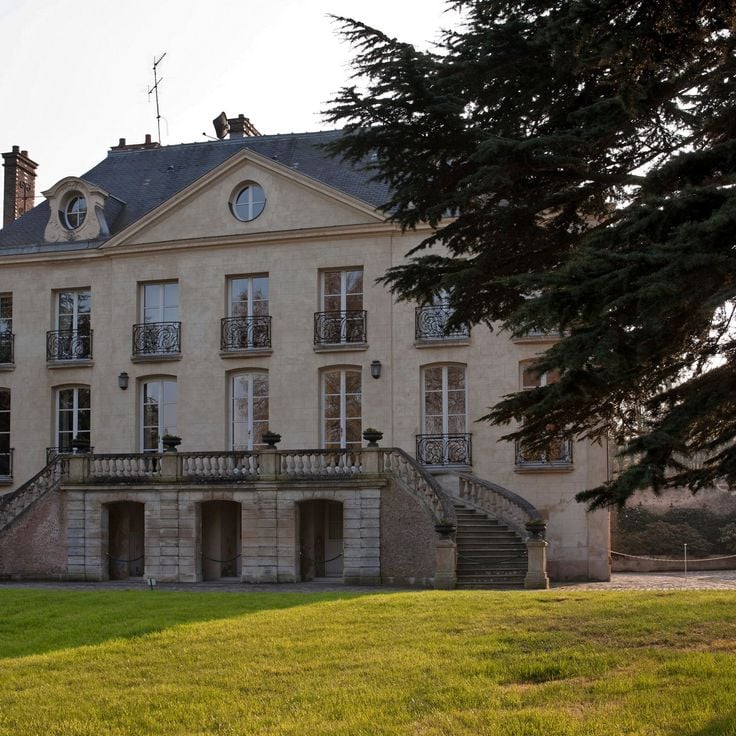
Châtenay-Malabry, France
La Vallée Aux LoupsThe La Vallée Aux Loups estate spans several acres and preserves the literary heritage of François-René de Chateaubriand, who lived here between 1807 and 1818. This historic residence displays rooms where the writer composed his Mémoires d'outre-tombe, with original furnishings and personal objects. The park includes an arboretum featuring several hundred tree species, including rare specimens that Chateaubriand himself brought from various countries. The grounds also contain a rose garden with over 1,000 varieties and offer walking paths through a landscape that illustrates the connection between literature and nature in the early 19th century.

Saint-Cloud, France
Musée des AvelinesThe Musée des Avelines presents paintings and sculptures by regional artists as well as documents on the history of Saint-Cloud and its surroundings. The collection includes works from the 17th century to the present day and illustrates the artistic development of the region west of Paris. This museum preserves historical records of the town, including memories of the former Château de Saint-Cloud, which served as a residence for French rulers in the 19th century and was destroyed during the Franco-Prussian War.
